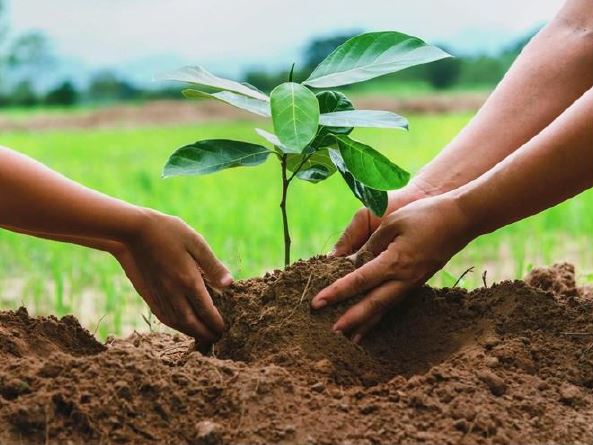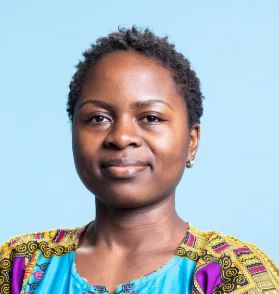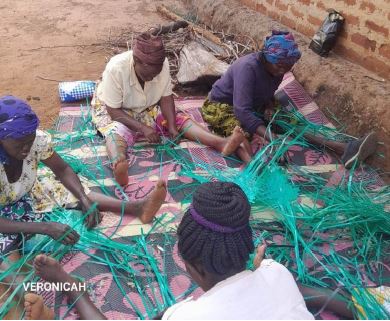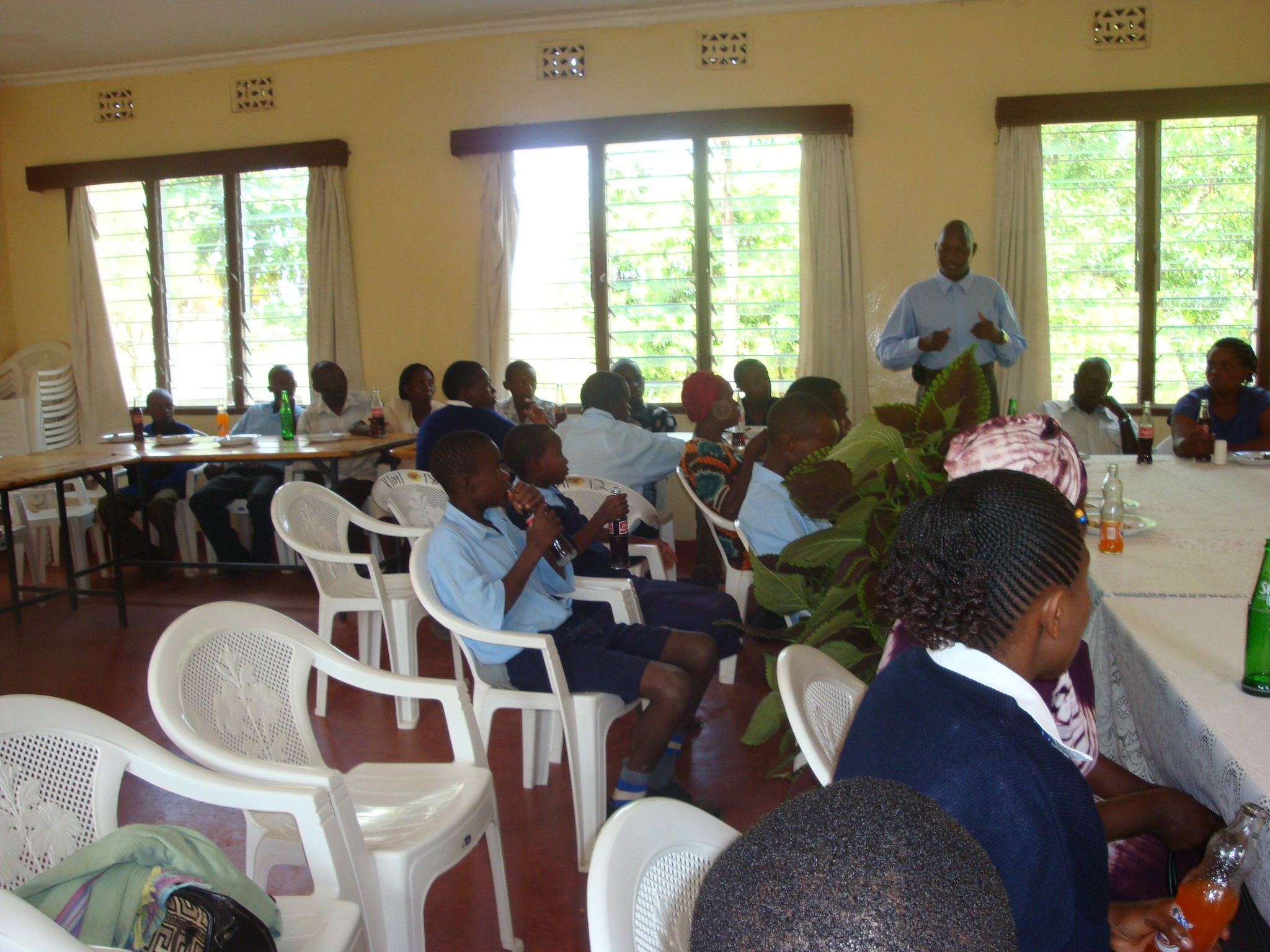Current Project
KIBWEZI TREE PLANTING PROJECT 2025- 2029
Environmental tree planting program activity in Kibwezi area in collaboration with our various partners.

Introduction
This project was initiated by Urafiki Kenya in Kibwezi Sub – County. It is an integrated project in partnership with IRFF – Germany. Over the years, the project has: (a) increased the capacity of the community to cope with, adapt and build resilience against climate change shocks; (b) enhanced environmental sustainability and; (c) encouraged ecosystem conservation.
Interventions
As far as adopting appropriate technologies and capacity building is concerned, it has continued to focus on a number of interventions:
a) Farming of trees was introduced. Trees increase the soil fertility and conversation. Tree nurseries were introduced.
b) Hands – on field training – this was critical to the project. It was effective in transferring knowledge. All the in – house trainings have been undertaken at the Kibwezi Resource Centre which is owned by Urafiki Kenya.
c) Garden demonstrations, field trips and knowledge exchanges were effective in spreading knowledge to other farmers and allowed them to experiment with new technologies e.g. mango grafting.
d) Mango farming in Syembeni Location, Kibwezi Sub – County, where the centre is located, was enhanced. It is a predominately mango producing area; apple varieties are especially plentiful.
e) Framers were encouraged to use organic fertilizers – it has supported, involved and mobilized women farmers in Syembeni. As facilitators, women had the trust of the community.
Partnerships with schools
Apart from the community involvement, the project has expanded to schools. This is designed to encourage and enable schools in Kibwezi participate in environmental activities by developing small forests and woodlots within their compounds for multiple benefits. This partnership has raised environmental awareness by encouraging students to improve their environment through a participatory and rewarding initiative.
Tree varieties
Tree growing in Kibwezi is very challenging and demands intensive work and innovation for the trees to survive. The schools plant multi – purpose Senna siamea (Mureshi or Mukengeta) and Melia volkensi (Mukau) tree seedlings on their specially designated 0.5 to 1 acre plots. Mukau is a drought resistant tree and can grow in dry areas with mean average of rainfall of between 400 mm – 1000 mm. It has high commercial value and is used for timber.
Mukau is a fast maturing hardwood tree – dubbed the mahogany of the dry lands – has multiple uses. Currently, a foot of Mukau costs between $1.5 to $2, which is double the price of wood from other species. A recent survey by researchers from Kenya Forestry Research Institute (KEFRI) showed wood products made from this tree costs between 40 to 50 per cent more than those from cypress and pine wood. The wood is durable, termite and decay resistant, can be used in interior paneling, and to make floor tiles, rafters, and frames. It is comparable to Elgon teak or camphor. It requires very little water to grow, and when planted at the onset of the rainy season, it grows on its own. It is proving economically and environmentally viable as it cushions against climate change and provides profitable timber.
Mukengeta is a medium – sized evergreen tree that makes good fuel. Its charcoal is also of superior quality.
Environmental benefits
The sustainable management of the woodlots in schools provides renewable resources of woodfuel, reducing pressure on surrounding vegetation and forest resources. An even higher benefit is the project’s contribution to the reduction of greenhouses gases through carbon sequestration and the control of soil erosion by increasing topsoil infiltration and reducing run-off.
Critical success factors
a) Promoting tree planting culture;
b) Successful tree planting has led to the mastering of fundamentals of patience and long-term vision. It is an all-round education activity;
c) Proud to be one of the possible solution contributing towards the commitment of 10 per cent tree cover that Kenya made during COP 21;
d) Securing the interests of future generations in light of the challenges of rapid urbanization and environmental degradation;
e) Planting trees in schools and nurturing them to develop woodlots;
f) Capacity building has equipped the students with the necessary skills and information on how to participate and manage the afforestation initiative.
Enhanced school partnership and collaborations:
Urafiki Kenya envisages to involve more schools in this project as a future endeavor. This is borne out of the success of this partnership so far, and the fact that students will help deliver Urafiki Kenya’s long-term vision. Young talent gives Urafiki Kenya a great springboard for success because these individuals find ways to innovate for the future in a way that is exciting and promising. This is a game-changing approach of empowering young people in driving change. The power of young people in driving change across many issues is well known. They want to be part of something meaningful and have an impact. Their connectedness, their collaboration and their sense of community are what is going to make a big difference.
Gender inclusivity
Urafiki Kenya looks forward to working with 25 women groups across Kibwezi Sub – County. This is because they are more vulnerable to climate change and also constitute the majority of the world’s poor. In addition, women are more dependent on trees that are threatened by climate change for their livelihoods. These threats include reduced access to food, declining biodiversity, and reduced availability and quality of freshwater. Women are not only keen on obtaining information on tree planting, but they feel empowered through it. Women empowerment is measured in terms of increased access to information and their ability to utilize it. It is largely measured in terms of behavioral change. Increase of knowledge encourages their participation in decision-making that makes them sensitive towards climate change. Through Urafiki Kenya gender transformative approach, tree planting will strengthen women resilience, their accumulation of productive assets and food stocks as well as increased adaptive knowledge that will enhance their solidarity and reinforce their confidence. As a result of this project, women are better prepared for future climate shocks and ready to assume leadership roles in the community.
The availability of woodfuel and water due to increased tree cover has freed women from the drudgery of spending excessive time in fetching firewood and water for domestic purposes. This free time is now meaningfully utilized in other income – generating activities like basket, carpets and mats – making as demonstrated in the next page.
These funds generated are channeled to Village Savings and Loans Associations programs and other table – banking activities that have assisted these women to establish enterprise-based businesses. These have strengthened and diversified their livelihoods.
Artificial Intelligence (AI) adoption:
Urafiki Kenya plans to integrate AI technologies in its tree planting activities. This is a game – changer for enhancing data – driven decision – making and optimizing resource allocation. As more successful AI – driven initiatives are showcased and tangible benefits become evident, the acceptance and adoption of AI in tree planting is likely to increase, fostering sustainable practices and conservation efforts.
This is further reinforced and amplified by the fact that, going forward, Urafiki Kenya is envisaging integrating the youth who are naturally tech-savvy.
Increase tree cover acreage:
Urafiki Kenya projects to increase the total tree cover in Kibwezi to 160 acres through 424,382 tree seedlings and 153,956 fruit seedlings.
Monitoring and Evaluation:
Survival rates of the project will be based on seedlings growth, survival numbers and size, efforts, innovativeness and creativity. Innovativeness will be based on
fencing, use of drip irrigation, strong teamwork and ownership, application of manure, intercropping, mulching, etc.
Sustainability:
i) Proceeds from the sale of timber will be ploughed back to the project.
ii) The grass growing under the trees is a secondary source of income that, when harvested, is sold to livestock farmers during the dry season.
ii) Urafiki Kenya will utilize the Kibwezi Resource Centre as a training centre where participants will pay for all training offered.
iv) Sale of tree seedlings from tree nurseries will create additional income for Urafiki Kenya.
Overall, this project is not only environmentally sustainable but also financially feasible. It is hoped that it will sustain itself in the long-term future.
“We saw a significant increase in forest cover over the years in the community.”

JANET MAUNDU
Other projects

Artificial Intelligence Integration

Food security, Water and Sanitation and Poverty alleviation

Education program
Let’s work together to make a difference
Ready to make a difference? Partner with us to empower the poor through our projects, drive meaningful impact, and achieve measurable results. Let’s turn our vision into reality—together.